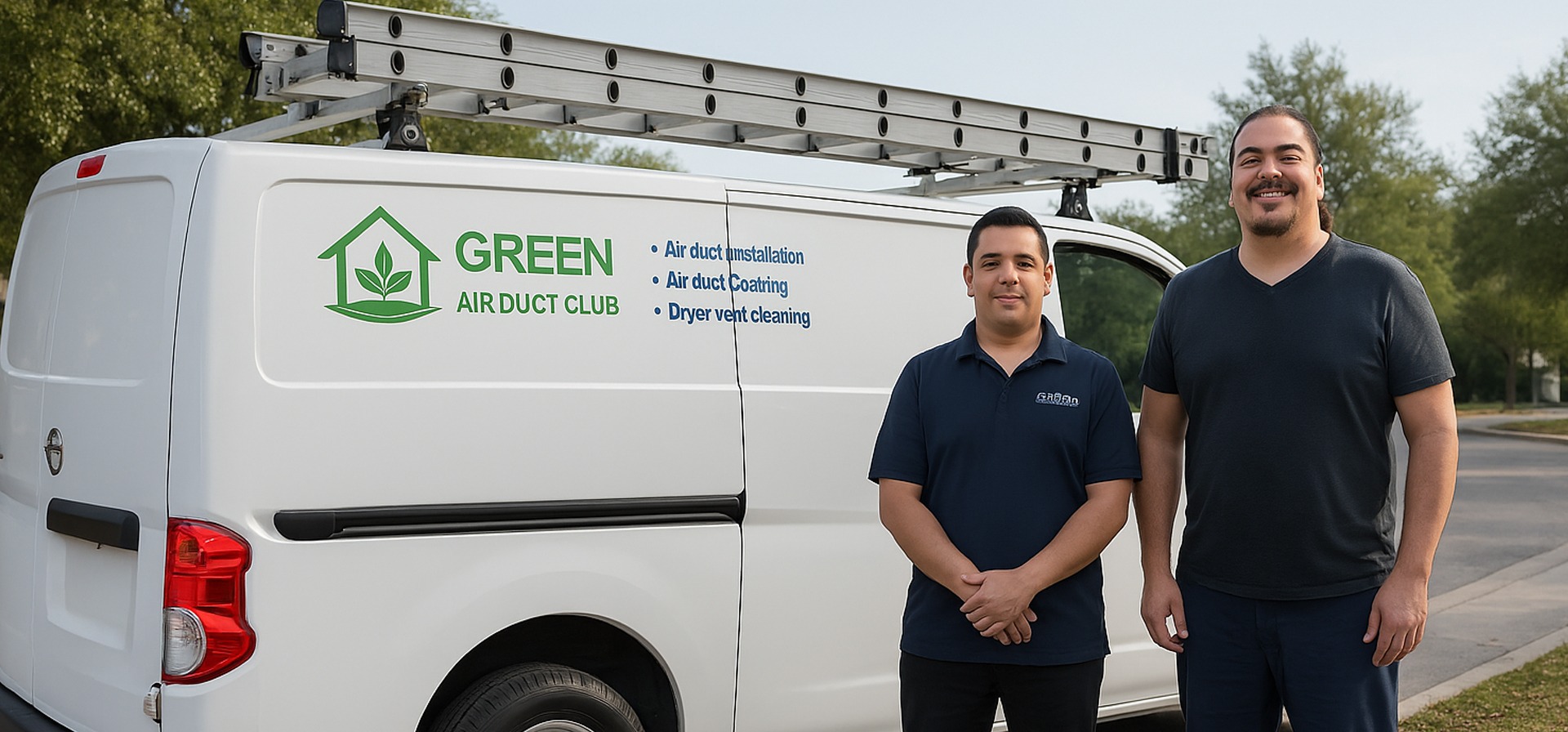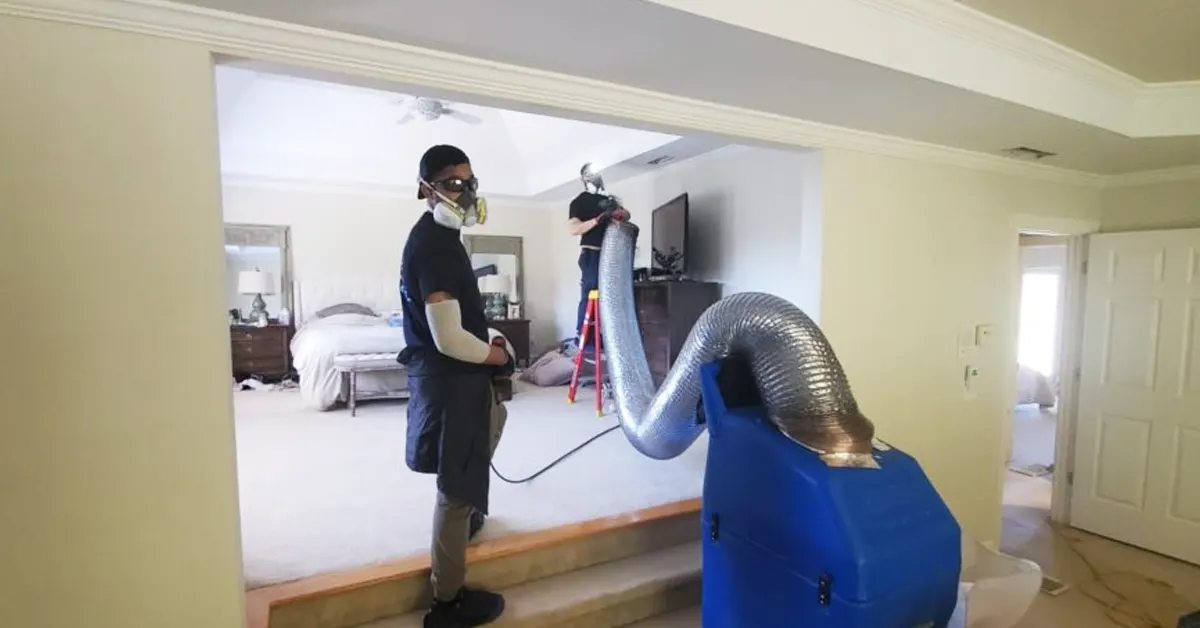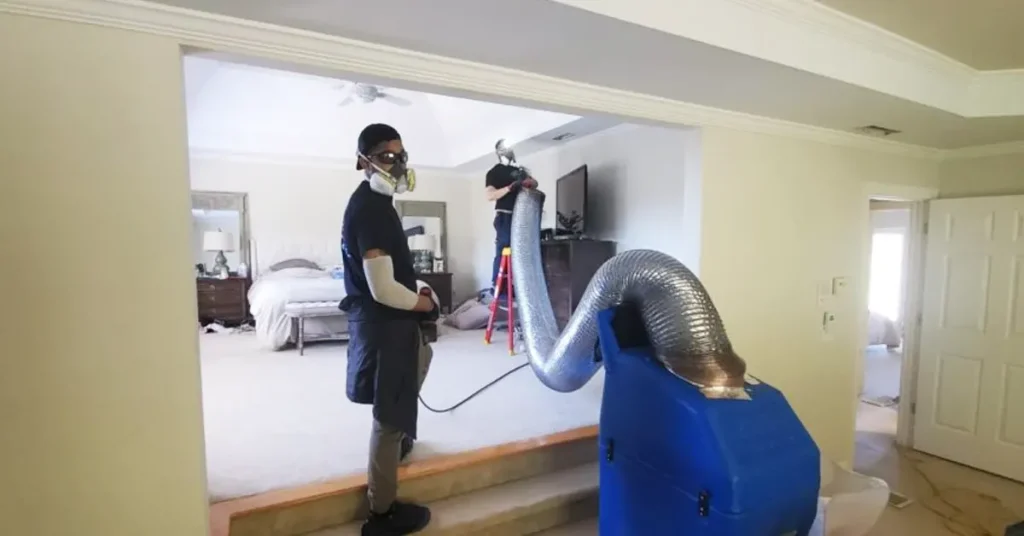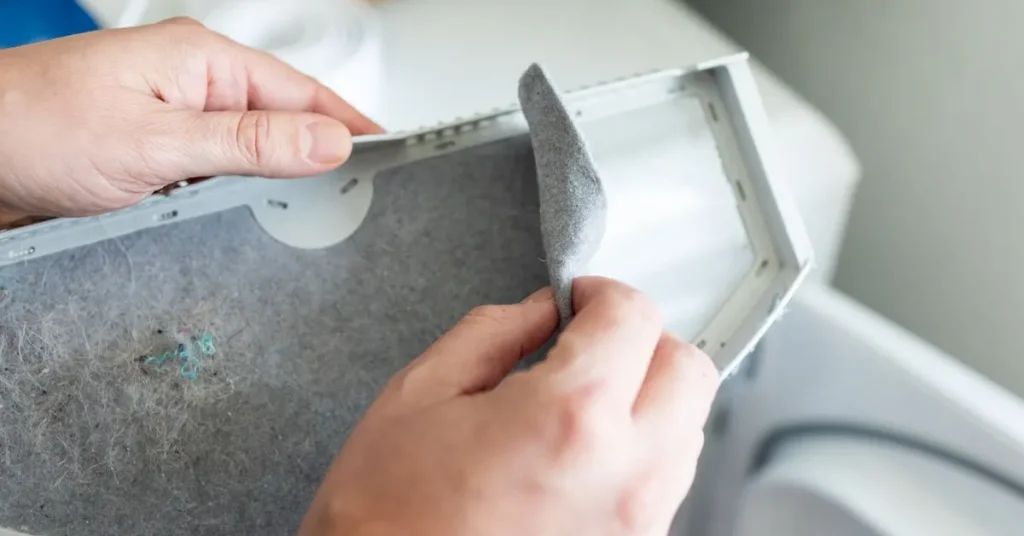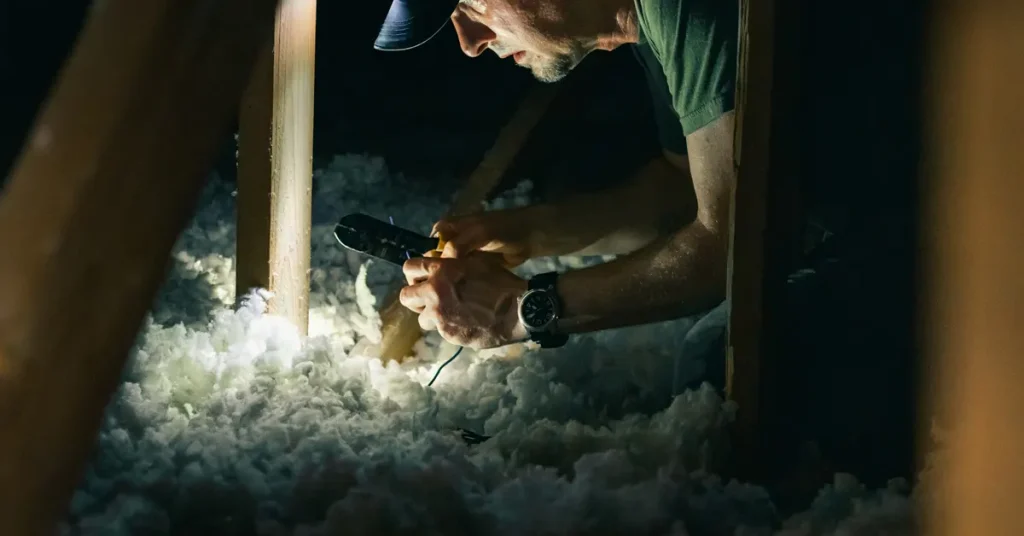Your ducts do more work than you might think. Every day, they circulate air throughout your entire living space, affecting what you breathe and how well your heating and cooling work. However, when debris accumulates inside, problems begin to appear. House duct cleaning helps reset your system and gives you fresher air. Most people don’t think about their ductwork until something goes wrong. Understanding the basics now can save you headaches later.
Why House Duct Cleaning Matters for Your Home
Think about everything floating around your house. Pet hair, dust, pollen, and even mold spores can settle inside your ductwork over time. When your HVAC system kicks on, it pushes all that stuff back into the rooms you live in. This affects everyone, but especially people with allergies or breathing issues. House duct cleaning addresses these concerns directly by removing contamination at the source.
Dirty ducts also cause your system to work harder than it needs to. When the buildup restricts airflow, your furnace or AC runs longer to reach the temperature you want.
That means higher bills and more wear on your equipment. House duct cleaning removes these obstructions, helping everything run smoothly. It’s one of those tasks that pays off in multiple ways. Many homeowners notice immediate improvements after scheduling this service.
Signs Your Ducts Need Professional Attention
- Visible dust puffing out when your system starts.
- Musty or stale odors coming from vents
- Family members are experiencing more allergy symptoms indoors.
- Uneven temperatures between different rooms
- Dust settles on furniture shortly after cleaning.
The Air Duct Service Process Explained
Many people wonder what actually happens during a service call. Legitimate companies use specific methods that follow industry guidelines. First, a technician inspects your system to identify problem areas and check for damage. They’ll look at returns, supply lines, and the main trunk lines. This inspection determines the scope of house duct cleaning needed for your specific situation.
What Happens During Ductwork Cleaning

How Clean Ducts Improve Energy Efficiency
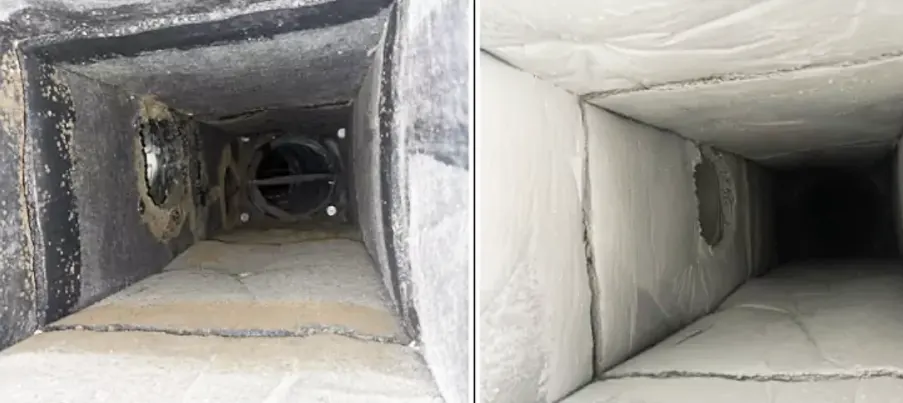
Maintaining Home Air Quality Between Cleanings
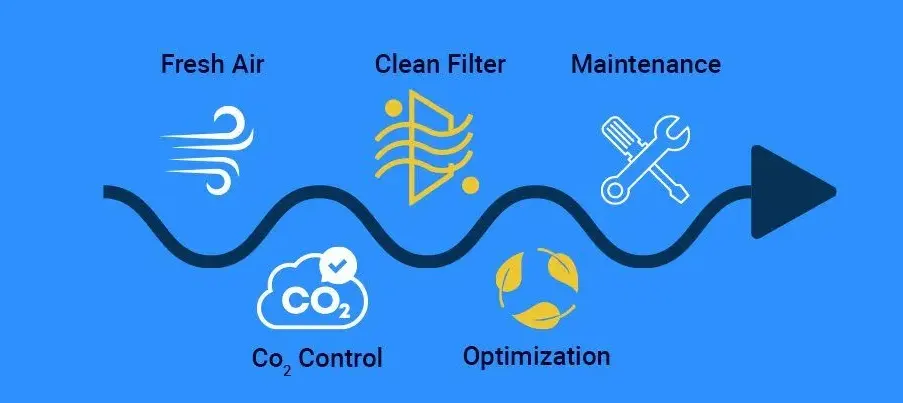
Trustindex verifies that the original source of the review is Google. Ori & his assistant took before and after videos and thoroughly explained what needed to be cleaned. Did a great job—house vents smell clean now that bacteria has been removed!Posted onTrustindex verifies that the original source of the review is Google. Great efficient service!Posted onTrustindex verifies that the original source of the review is Google. Ori and his team did a great job identifying bacteria and cleaning it for me, as well as providing a solution to help with prevention. I appreciate him and his team!Posted onTrustindex verifies that the original source of the review is Google. Thank you Green Air Duct Club. You where on time and very through. Oren presented me with before and after photos that where a great help understanding what needed to be done. Thank you for great service and price. We are very Happy!Posted onTrustindex verifies that the original source of the review is Google. I was very impressed with the clarity and efficiency of the cleaning process; the professionals explained every detail and executed the work with great precision, leaving my home completely worry free.Posted onTrustindex verifies that the original source of the review is Google. I appreciated the transparent, clear communication from the team, who meticulously cleaned every vent and provided updates that made the entire air duct cleaning process completely worry free.Posted onTrustindex verifies that the original source of the review is Google. AhabahabbaPosted onTrustindex verifies that the original source of the review is Google. Green Air Duct did a wonderful job - cleaning and disinfect our air ducts and A/C unit. Ori was honest and up front about what we needed - and didn’t need. We had them look at the insulation in the attic as well, and despite aging and based on our electrical bill, explained that it was probably not necessary. Attached are before and after of inside of duct box.Verified by TrustindexTrustindex verified badge is the Universal Symbol of Trust. Only the greatest companies can get the verified badge who has a review score above 4.5, based on customer reviews over the past 12 months. Read more
Frequently Asked Questions
Q: How often should I schedule house duct cleaning?
Experts recommend every three to five years for typical households. However, if you have pets, someone with severe allergies, or you’ve done renovations, you might need service more frequently. Watch for the warning signs mentioned earlier and use them as your guide. House duct cleaning frequency depends on your unique living situation.
Can I clean my own ducts to save money?
You can clean the visible parts of your registers and the first few inches of accessible ductwork. But a complete job requires specialized equipment like high-powered vacuums and rotary brushes that reach deep into the system. DIY attempts often stir up dust without removing it properly. Professional house duct cleaning ensures the job gets done right.
Q: Will duct cleaning eliminate all my allergy problems?
It can definitely help reduce indoor allergens, but it’s not a magic cure. Duct cleaning is one part of a larger strategy that should include regular filter changes, humidity control, and general housekeeping. If allergies persist after cleaning, consult a doctor about other contributing factors.

